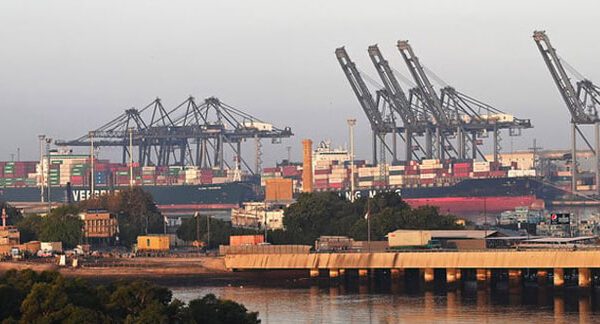Assessing the Roadblocks: Factors Hindering China’s Post-COVID Economic Recovery
China experienced a 7.5 percent drop in exports and a 4.5 percent decrease in imports in May, signaling a deceleration in the economic recovery following the relaxation of anti-virus restrictions. This decline is attributed to weakening global demand influenced by higher interest rates. Customs data revealed that exports contracted to USD 283.5 billion, reversing the unexpectedly strong growth of 8.5 percent seen in April, while imports moderated to USD 217.7 billion, showing a milder contraction compared to the previous month’s decline of 7.9 percent. Furthermore, China’s global trade surplus narrowed by 16.1 percent to USD 65.8 billion.
This trade weakness exacerbates the downward pressure on the world’s second-largest economy, which is already grappling with lackluster factory and consumer activity, as well as a surge in youth unemployment. “China’s exports will remain subdued, as we anticipate the US economy to enter a recession,” cautioned Lloyd Chan of Oxford Economics in a report. Although factory output and consumer spending initially rebounded after the removal of strict controls that impeded access to major cities and international travel, forecasters believe that the peak of this recovery has likely passed. Retail spending, in particular, is recovering at a slower pace than expected, as anxious consumers fret over the economic outlook and potential job losses. A government survey conducted in April found that a record one in five young urban workers was unemployed.
Moreover, factory activity is contracting, leading employers to cut jobs due to interest rate hikes aimed at curbing inflation in the United States and Europe, which have dampened demand for Chinese exports. China’s exports to the United States plummeted by 18.2 percent year-on-year to USD 42.5 billion, following the Federal Reserve’s decision to raise its benchmark lending rate to a 16-year high in an effort to control surging inflation. Correspondingly, imports of American goods declined by 9.9 percent to USD 14.3 billion. As a result, China’s politically sensitive trade surplus with the United States narrowed by 21.9 percent to USD 28.1 billion.
Although China’s economic growth accelerated to 4.5 percent year-on-year in the first quarter of 2023, up from 2.9 percent in the previous quarter, further acceleration is necessary to achieve the ruling Communist Party’s official growth target of approximately 5 percent for the year. The “disappointing activity data” from April suggests that China’s domestic demand recovery has lost momentum following the initial bounce after reopening, as highlighted by economist Lloyd Chan.
In terms of the year-to-date performance, imports have fallen by 6.7 percent compared to the same five-month period in 2022, amounting to just over USD 1 trillion, while export growth has stagnated, edging up by a mere 0.3 percent to USD 1.4 trillion.
On a positive note, imports from Russia, primarily consisting of oil and gas, experienced a 10 percent increase compared to the previous year, reaching USD 11.3 billion. Similarly, exports to Russia surged by 114 percent to USD 9.3 billion. China’s increased purchases of Russian energy, taking advantage of price cuts, have provided support to the Kremlin’s cash flow, following reduced purchases by the United States, Europe, and Japan as a punitive measure against Moscow for President Vladimir Putin’s incursion into Ukraine.








